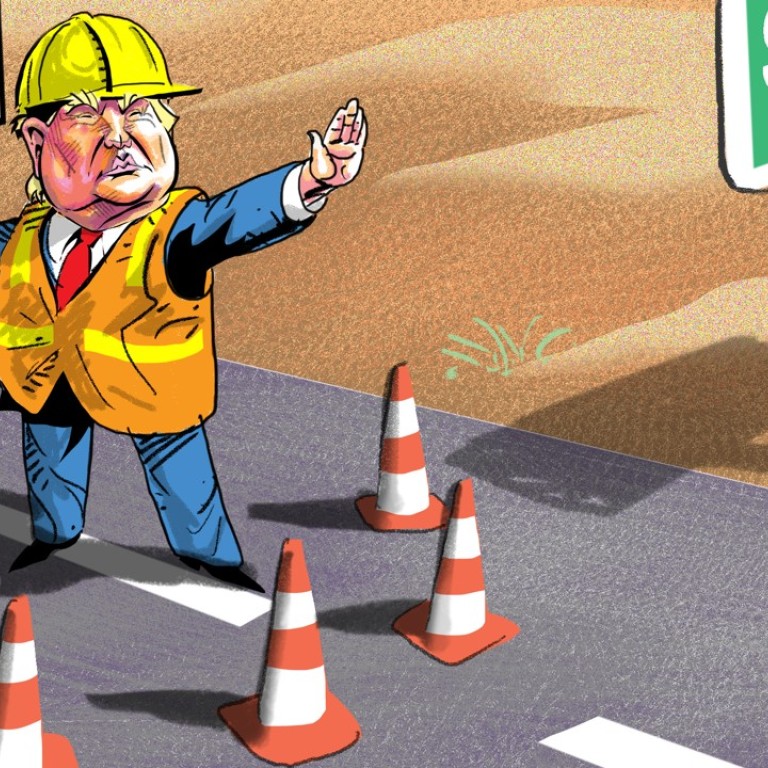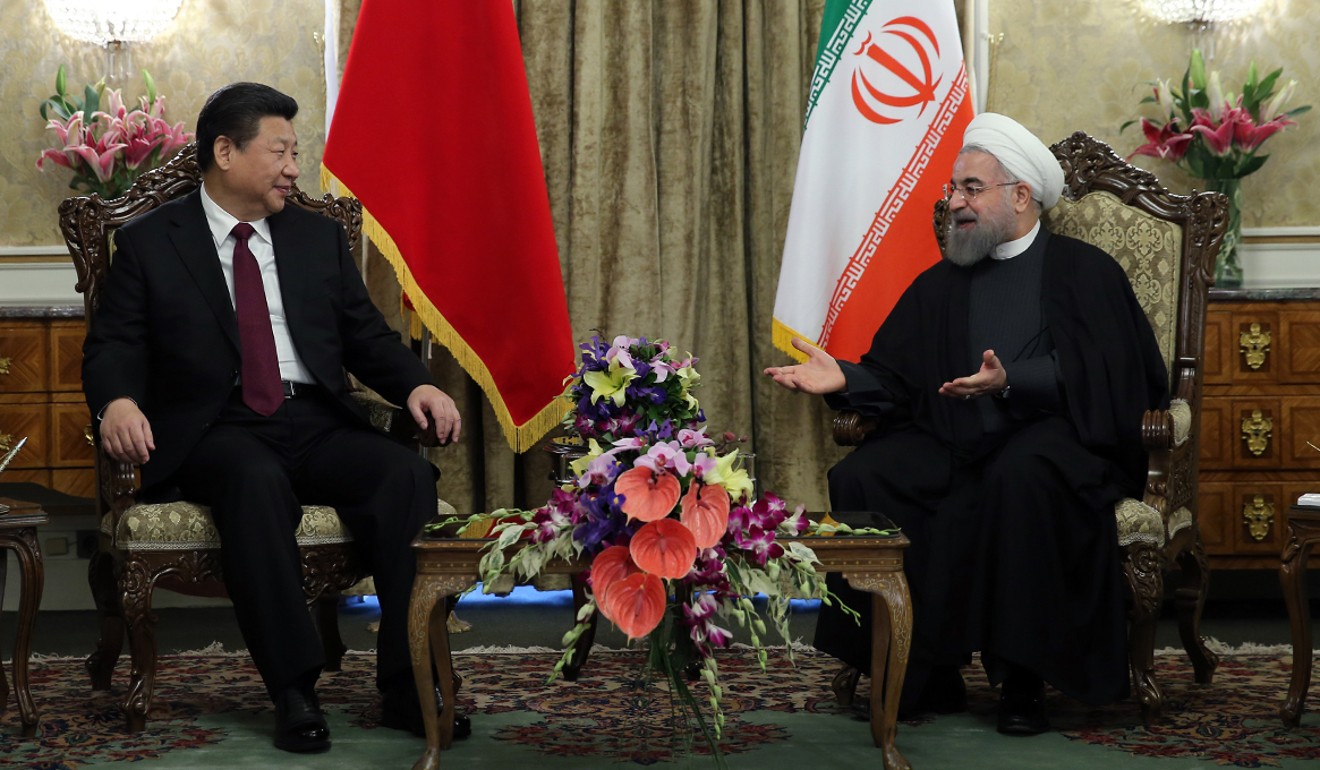
Why Iran nuclear deal fallout could scuttle China’s Middle East ambitions
Emanuele Scimia says China has a big stake in ensuring that the Iran nuclear deal stays intact as its investment and influence in the Middle East grows
China voices support for Iran nuclear deal after US walks away
How China can benefit from anti-Trump sentiment in Iran
Now that the nuclear pact seems doomed, the risk of an all-out war involving [Iran, Israel and Saudi Arabia] has increased
The signing of the Joint Comprehensive Plan of Action did not eliminate confrontation in the region, but contributed to reducing the danger of a direct conflict between Iran and Israel, and between Iran and Saudi Arabia.
China rewrites rules on how to rise in influence in the Mideast
China would need a stable geopolitical environment to preserve its considerable investments in the Middle East, which is also the country’s main source of oil and gas. For instance, last year, the Export-Import Bank of China signed a US$1.5 billion contract to fund the electrification of a high-speed railway between Tehran and the eastern city of Mashhad.
As for investments in Israel, a Chinese firm will be running the port of Haifa for 25 years starting from 2021, while another one was chosen to construct the port of Ashdod in 2014. In addition, some Chinese funds will help build a light rail line in the metropolitan area of Tel Aviv.
Free trade and top tech: what China wants from Israel

The Belt and Road Initiative is also expected to be linked to Riyadh’s “Saudi Vision 2030" plan, which is aimed at promoting Saudi Arabia’s position as an international trade hub.
Some say China could actually benefit from Trump’s withdrawal from the Iran nuclear deal, as the US president’s move could foster increased cooperation between Beijing and Tehran in both the military and economic spheres.
Tehran could have more access to Chinese-made weaponry with the termination of the agreement
The Joint Comprehensive Plan of Action restricts the export of advanced offensive weapons to Iran until 2020. Tehran could have more access to Chinese-made weaponry with the termination of the agreement. In the past, China transferred missile technology to the Islamic republic. The Iranian government could now focus on the acquisition of naval assets to bolster its sea-denial capabilities against the US navy in the Persian Gulf and the Strait of Hormuz.
Mojtaba Zonnour, chairman of the Iranian parliament’s committee on nuclear policies, said last month that China and Russia were willing to build small nuclear power plants in his country. Iran’s semi-official Fars News agency emphasised that these systems could be used to develop nuclear submarines. Building vessels of this type is no easy task, and it remains to be seen whether Tehran will be able to carry out such an expensive military project.
But the simple fact that China may help the Iranians deploy submarines powered with highly enriched, weapons-grade uranium cannot but anger the US and its key allies in the area – Israel and Saudi Arabia.
China pumping billions into Iranian economy

On the economic front, China, which was until recently able to skirt the US sanctions regime against Iran, could increase its exports to the Iranian market, since European traders are likely to take care not to run into Washington’s secondary penalties.
Gone are the days when China could comfortably weave its diplomatic web across the Middle East under the Joint Comprehensive Plan of Action umbrella, building upon economic strength to complete its transition from a great regional power to a global one.
Emanuele Scimia is an independent journalist and foreign affairs analyst

